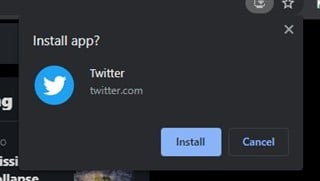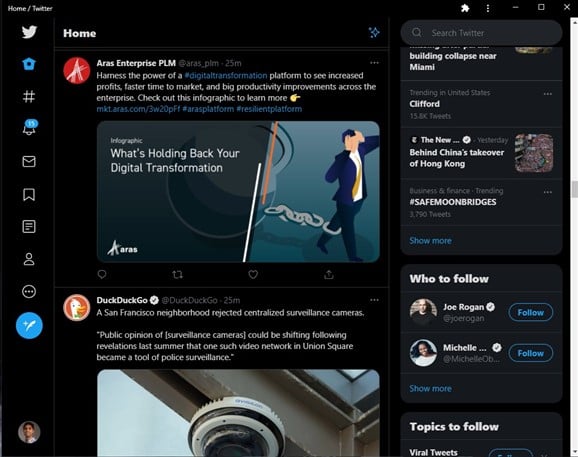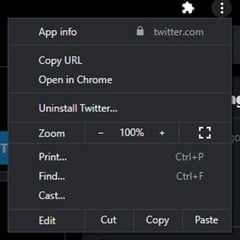Progressive Web Applications, or PWAs, are websites turned into dynamic mobile friendly applications leveraging the power of modern technologies (such as APIs) and common web languages. The beauty of a PWA is that they can be created quicker than native mobile applications using frameworks such as React or AngularJS. These applications are gaining popularity with big companies such as Twitter, Hulu, and Uber.
You can check out an example of one in our blog post about the Aras Labs Problem Reporter PWA. The Problem Reporter is one of many features that can be accessed through customizable web applications. In fact any of Aras Innovator's suite of applications including the features, items, and itemtypes can communicate with PWAs using the RESTful API as well.
PWA Benefits
PWAs are becoming more and more common as almost half of internet browsing these days is through mobile devices. Many companies are moving over to responsive PWA websites along with their mobile applications. Twitter is an example of one of these companies, with a downloadable PWA (separate from their phone application) that can be installed on any mobile device whether its IOS or Android.
Lets take a look at some of the most notable benefits to using PWAs in your own organizations:
Cross Platform
The best part is PWAs can be used with basically anything whether its IOS, Android, Desktops, Laptops, or Tablets. This includes any operating system such as Windows, Linux, or Mac.
The flexibility of implementations truly is endless using external API’s and features. Practically every application within Aras Innovator can be spun up into dynamic web applications to fit any screen regardless of device. Users have the flexibility of using any device for the same application ensuring they can remain productive anywhere.
Ease of Deployment
An added benefit to having a cross platform web app is avoiding the hassle of publication through multiple stores such as the Android Store, Windows Store, or the Apple App Store. Only one version is developed and there are no requirements on deployment or restrictions on language to develop on. One app, for one website, and for any device!
Better Performance
On top of being very flexible PWAs have better performance with rendering content such as images and text. Especially when used in a mobile layout content is restricted to the important fields, meaning less queries to the database and effective communication using APIs.
Use of HTTPS
As data becomes more abundant these days so do hacking attempts on sensitive information. Whether you are a company, individual, or own a website anything is game for hackers. HTTPS handles this by encrypting all communication between browser and website vs HTTP where information is sent via plain text. Another thing to note is HTTPS is required for a Web App to even be considered a PWA and most features such as geolocation and service workers are only available when it is enabled.
HTML/Javascript Developers
Since PWAs are are built mainly on common web languages like Javascript and HTML there are even more developers capable of creating applications. No longer is it required to have someone who specializes on C based languages or Java!
Variety of Frameworks to Choose from
Along with having an abundance of developers, there are also many different frameworks that make creating PWAs much easier. The benefit of using a Javascript framework is handling data and features within applications is very manageable. Code can be reused within that application and can be even used to build out new applications. Some of the most popular frameworks available include Vue, Angular, and React.
Installation on Devices
The majority of devices allow the installation of PWAs natively as well. Twitter’s PWA for example can be downloaded easily through the browser. Installation is fairly simple too, on most browsers on the top right corner on the URL bar there will be an option to install the application:

Mobile devices instead allow for an option to Add to Home Screen or option to install app which will create what looks like a phone app. On IOS this is found on the share menu and for Android the vertical ellipsis menu will have an option to install app. The installed application should look similar to this:
(through Google Chrome on desktop)

(on an IOS device)

Uninstalling from laptops and desktops is also simple, using the same vertical ellipsis menu in the application itself there will be an option to uninstall.

Through mobile devices its even easier! Just click and hold on the application and delete it similar to a mobile app.
Conclusion
Thank you for reading along. Considering all the benefits to creating a PWA we suggest creating your own and for more inspiration check out the Aras Labs Problem Reporter project!

